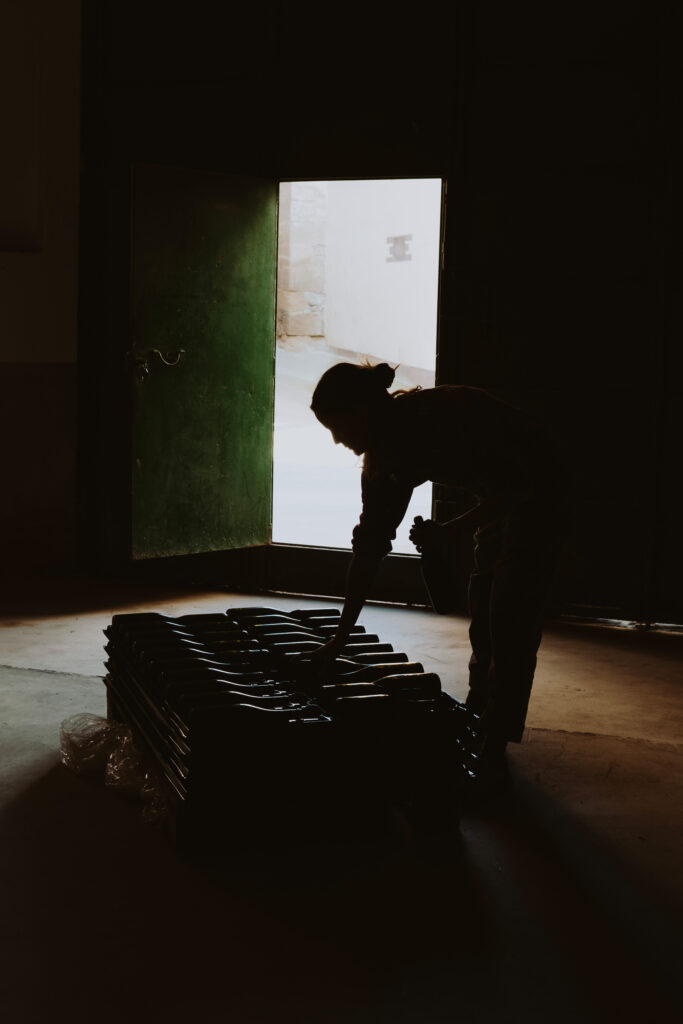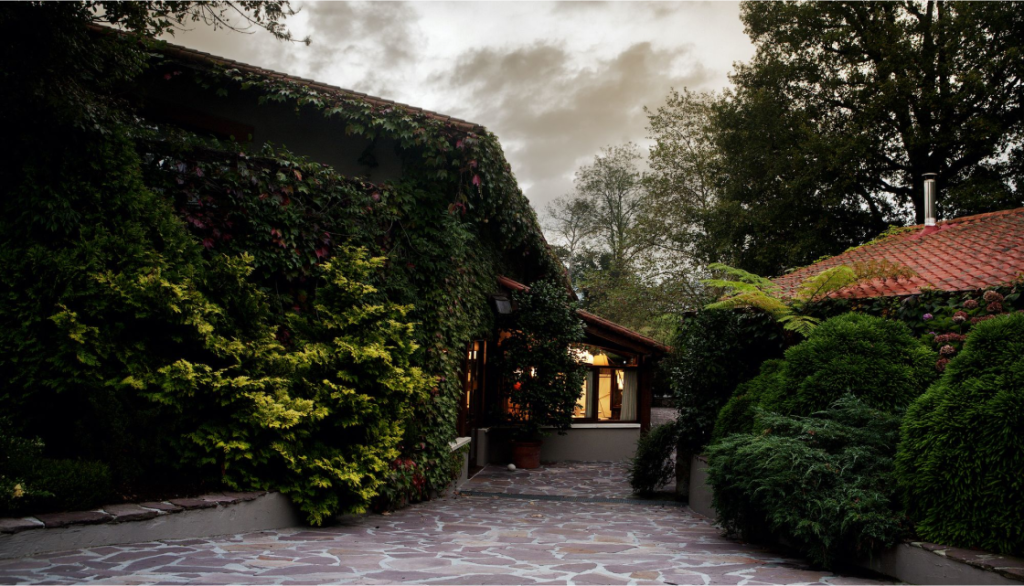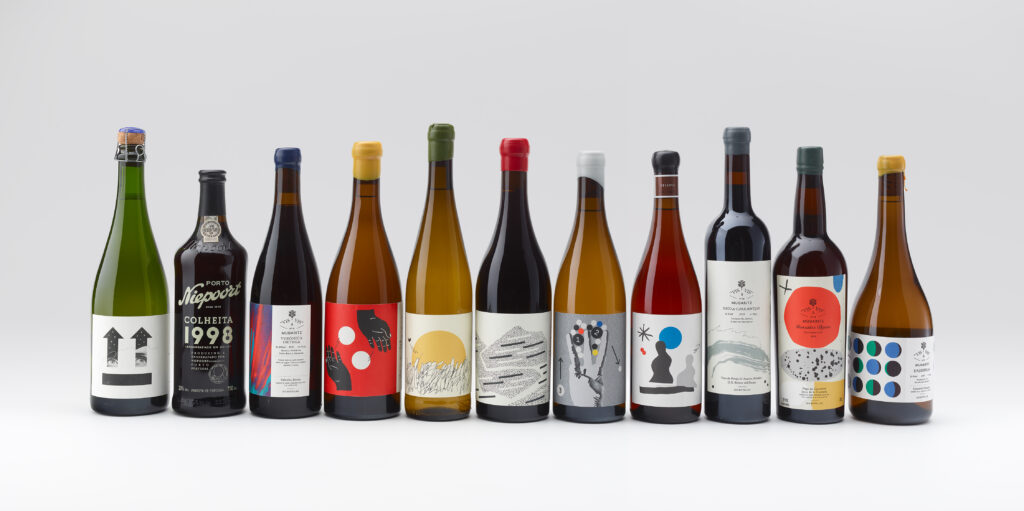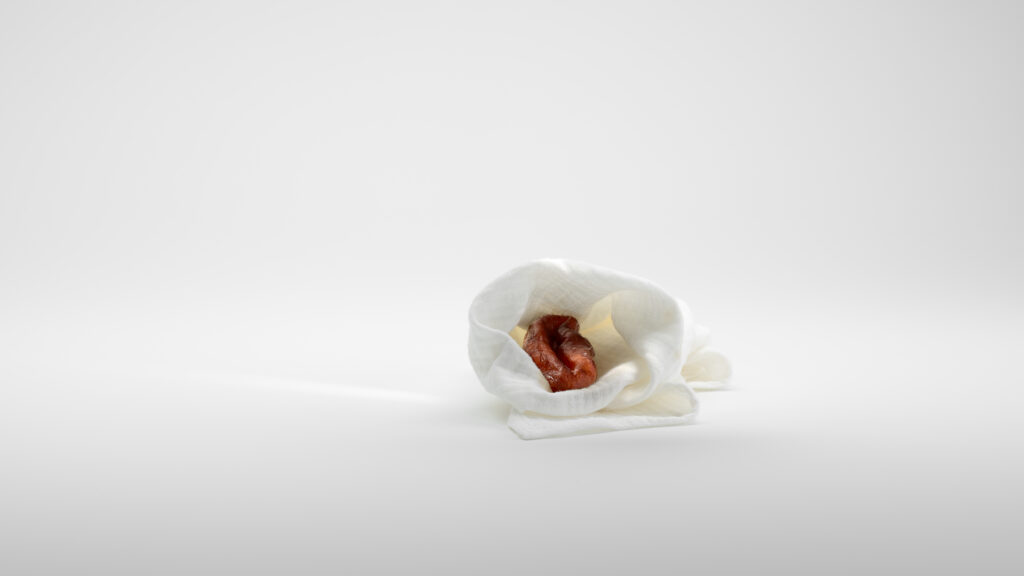
In 2022, we set out with a clear intention: to redefine our own beverage collection by contributing a creative language to our liquid universe—just as we do with food. Since then, we’ve crafted around 50 signature cuvées—ranging from wines and meads to sakes and kombuchas—born from a collaborative creative process with winemakers, cellars, and like-minded producers from around the world. As the project has grown and matured over the years, Vis à Vis has become a liquid extension of our creative language. Each bottle is the result of a process of research and co-creation between our sommelier and R&D teams …
In 2022, we set out with a clear intention: to redefine our own beverage collection by contributing a creative language to our liquid universe—just as we do with food. Since then, we’ve crafted around 50 signature cuvées—ranging from wines and meads to sakes and kombuchas—born from a collaborative creative process with winemakers, cellars, and like-minded producers from around the world. As the project has grown and matured over the years, Vis à Vis has become a liquid extension of our creative language. Each bottle is the result of a process of research and co-creation between our sommelier and R&D teams …

Fermenting is, above all, transforming: daring to provoke and decontextualise references of all kinds, through a technique that, although ancestral (and hence its immeasurable richness), reaches unsuspected dimensions when practised in a controlled way in Research and Development (R&D) explorations. The transformation of food that is achieved through the action of enzymes released by microorganisms (bacteria, yeasts, fungi…) blurs, on an organoleptic level, recognisable flavours and textures in favour of unimaginable attributes, bringing such depth and complexity to certain preparations that it has become, at Mugaritz, an almost perverse hobby with which to skirt the boundaries the rotten and the …
Fermenting is, above all, transforming: daring to provoke and decontextualise references of all kinds, through a technique that, although ancestral (and hence its immeasurable richness), reaches unsuspected dimensions when practised in a controlled way in Research and Development (R&D) explorations. The transformation of food that is achieved through the action of enzymes released by microorganisms (bacteria, yeasts, fungi…) blurs, on an organoleptic level, recognisable flavours and textures in favour of unimaginable attributes, bringing such depth and complexity to certain preparations that it has become, at Mugaritz, an almost perverse hobby with which to skirt the boundaries the rotten and the …

If we “eat” the result of R&D work established in our creative period, why not do the same with wines? Vis à vis is a living and mutant series of wines resulting from hand-woven collaborations with allied producers, complicit characters or simply inspiring people with whom we explore exciting proposals that are uncorked only at Mugaritz, depending on the availability of shared impulses; of the encounter that occurs both viticultural and creative issues, but above all, of desire combined in favor of tasting exceptional and unable glasses. We identify reserves, butts or selections of wines that are in tune with …
If we “eat” the result of R&D work established in our creative period, why not do the same with wines? Vis à vis is a living and mutant series of wines resulting from hand-woven collaborations with allied producers, complicit characters or simply inspiring people with whom we explore exciting proposals that are uncorked only at Mugaritz, depending on the availability of shared impulses; of the encounter that occurs both viticultural and creative issues, but above all, of desire combined in favor of tasting exceptional and unable glasses. We identify reserves, butts or selections of wines that are in tune with …

Each culture imposes its own protocols, unwritten rules that we tend to follow in order to adapt to society. In ours, the use of cutlery to eat prevails. We have become accustomed to using them for poking, carving, scooping, scraping, slurping… We have built up, over time, a whole order and correspondence according to the characteristics of what we eat. On other frontiers, we dispense with all of them and simply use multifunctional chopsticks. There are even countries where people eat only with their hands. Hands are the first tool with which we were able to create the world around …
Each culture imposes its own protocols, unwritten rules that we tend to follow in order to adapt to society. In ours, the use of cutlery to eat prevails. We have become accustomed to using them for poking, carving, scooping, scraping, slurping… We have built up, over time, a whole order and correspondence according to the characteristics of what we eat. On other frontiers, we dispense with all of them and simply use multifunctional chopsticks. There are even countries where people eat only with their hands. Hands are the first tool with which we were able to create the world around …